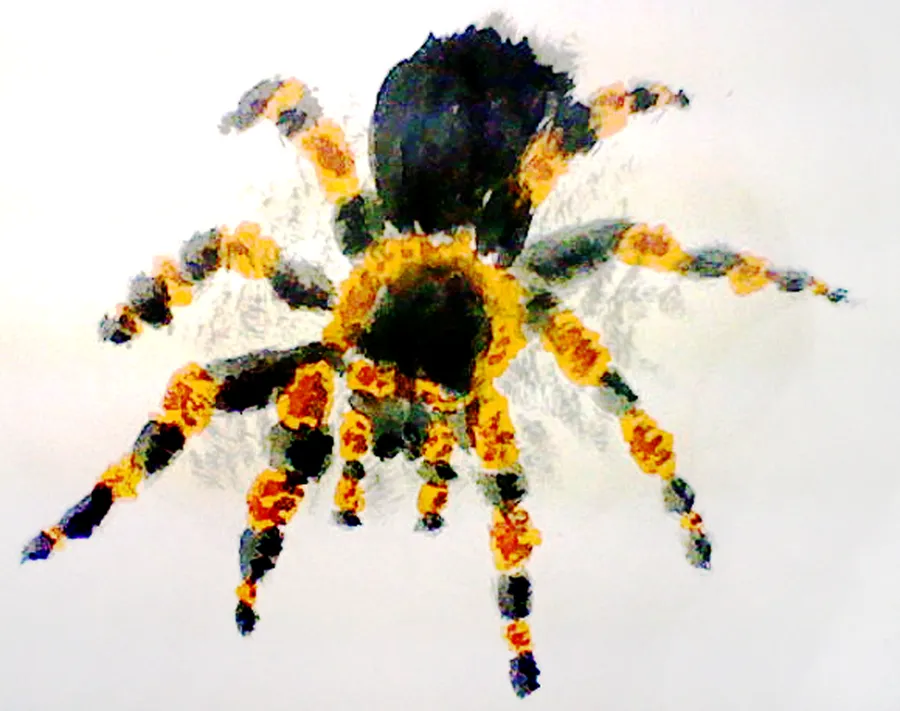Understanding the Mexican Redknee Tarantula’s Diet
Caring for a Mexican Redknee Tarantula involves understanding its dietary needs. These beautiful creatures, native to the deserts of Mexico, require a specific diet to thrive in captivity. The right food choices are crucial for their growth, health, and overall well-being. This guide delves into the intricacies of feeding your Mexican Redknee Tarantula, ensuring you provide the best possible care for your pet. Proper nutrition supports healthy molting cycles, vibrant coloration, and a long lifespan. This comprehensive approach will help you make informed decisions about your tarantula’s food, promoting a happy and healthy life.
What Do Mexican Redknee Tarantulas Eat in the Wild?
In their natural habitat, Mexican Redknee Tarantulas are opportunistic predators. Their diet primarily consists of insects, which they ambush and capture. They feed on a variety of insects such as grasshoppers, crickets, beetles, and even smaller arachnids. Occasionally, they might consume small lizards or even rodents if the opportunity arises. Understanding their wild diet helps replicate it in captivity, providing a balanced and appropriate food source that meets their nutritional requirements. It’s crucial to remember that these tarantulas are ambush hunters, meaning they wait for prey to come close rather than actively chasing it.
Key Dietary Components for Captive Tarantulas
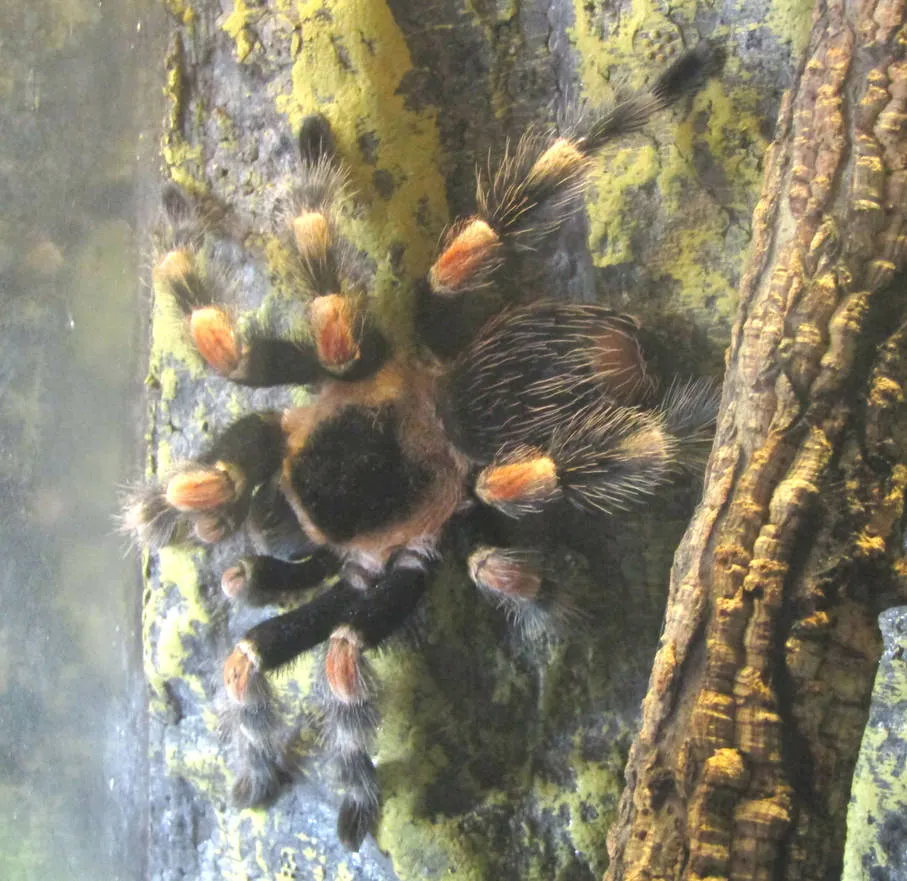
For a captive Mexican Redknee Tarantula, a balanced diet is essential for their health and longevity. The primary food source should always be live insects, as this closely mimics their natural feeding habits. The insects provide the necessary protein, fat, and other nutrients tarantulas require. Variety is important. Offering different types of insects ensures that your tarantula receives a wide range of nutrients. Always ensure that the insects are healthy and free from pesticides or parasites. Remember that tarantulas need access to fresh water for hydration and to help with their molting process.
Choosing the Right Food for Your Tarantula
Live Insects as a Primary Food Source
Live insects are the cornerstone of a healthy Mexican Redknee Tarantula diet. They provide the necessary stimulation for the tarantula’s hunting instincts, contributing to its mental and physical well-being. Live prey triggers the hunting behavior, keeping your tarantula active and engaged. The movement of the prey also encourages the tarantula to eat, which is essential for its health. Choose insects that are appropriate in size, avoiding those that are too large as they can pose a threat. Additionally, the insects should be gut-loaded with nutritious food before feeding them to your tarantula, thereby boosting the nutritional value of your tarantula’s meal.
Crickets
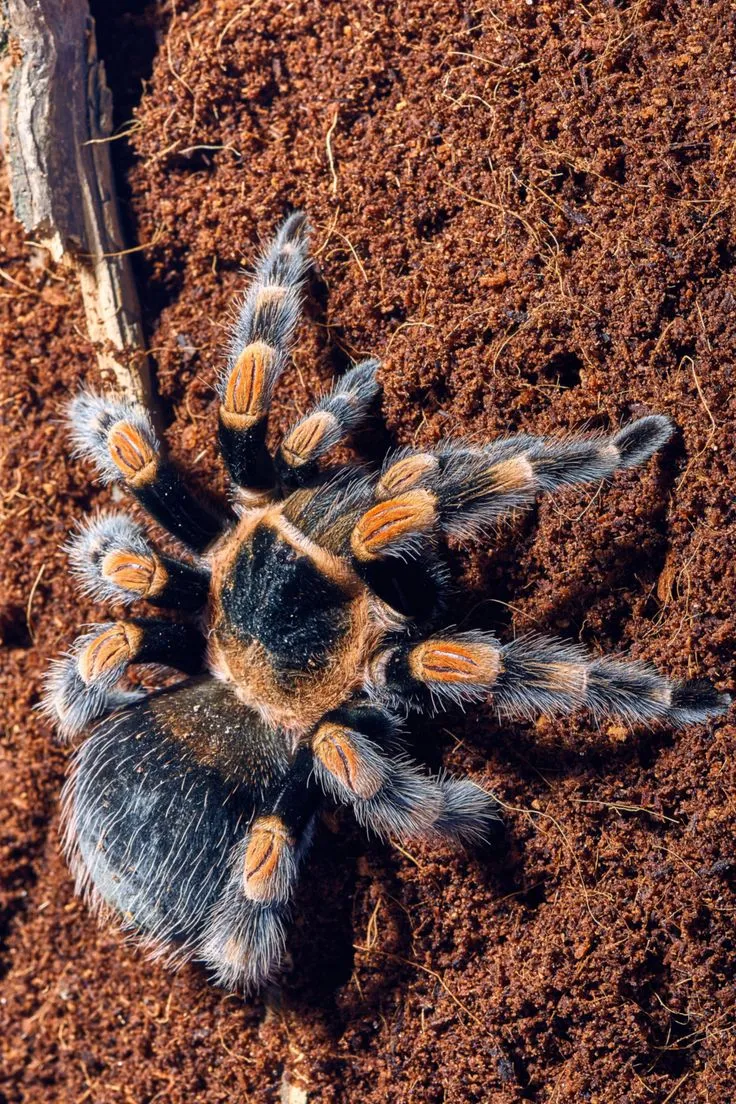
Crickets are a readily available and popular choice for feeding tarantulas. They are easy to obtain from pet stores or online suppliers, making them a convenient option. Crickets provide a good source of protein, but they can sometimes be difficult to contain and may burrow, potentially causing stress to your tarantula. To ensure the best nutritional value, gut-load the crickets with nutritious food like vegetables or commercial cricket food before feeding them to your tarantula. Always monitor the cricket population in your tarantula’s enclosure and remove any uneaten crickets to prevent them from bothering your pet.
Mealworms
Mealworms are another convenient option for tarantula food, being easy to breed and store. They are a good source of protein and are readily accepted by many tarantulas. However, mealworms have a harder exoskeleton, which can make them more difficult for tarantulas to digest, especially for younger specimens. It is also worth noting that mealworms have a lower nutritional value than crickets. It’s advisable to feed mealworms in moderation and supplement with other food options to provide a balanced diet. Ensure that the mealworms are kept in proper conditions to prevent any health issues.
Roaches
Roaches, such as Dubia roaches, are considered an excellent food source for tarantulas. They are highly nutritious, with a good protein-to-fat ratio, and are easy to breed and maintain. Roaches are less likely to burrow compared to crickets, and they are not as noisy. They are also less likely to bite your tarantula. The ease of breeding roaches can make them a cost-effective food option in the long run. Always source your roaches from a reputable breeder to ensure they are free from diseases or parasites. This adds to your tarantula’s diet and overall well-being.
Other Insect Options
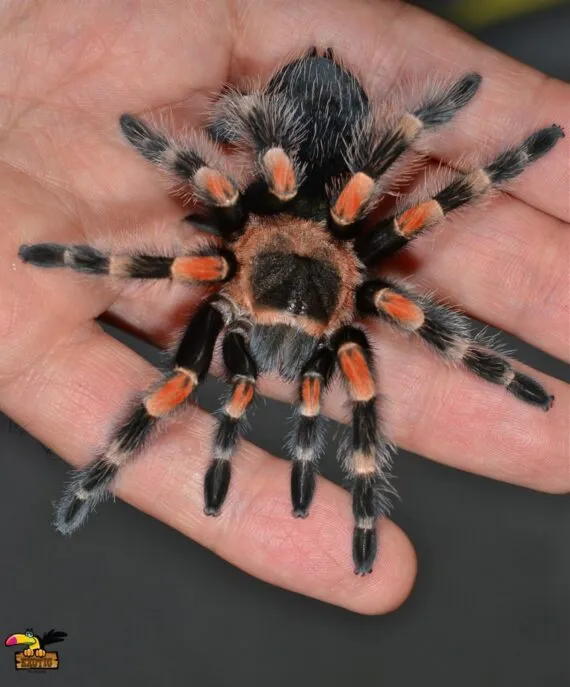
Besides the primary food options, you can also consider other insects to add variety to your tarantula’s diet. Locusts and grasshoppers are good alternatives, offering different nutritional profiles and stimulating your tarantula’s feeding behavior. You can introduce these insects occasionally to provide your tarantula with a balanced diet. Always ensure that any new insects you introduce are free from pesticides and parasites. The size of the insects you offer should be appropriate for your tarantula’s size, as too large of prey can be dangerous.
Pre-killed vs Live Food Pros and Cons
While live insects are the preferred option, pre-killed food can be considered in specific situations. Pre-killed food can be a safer option for newly molted tarantulas, as it reduces the risk of the insect harming them. It’s also suitable for tarantulas that are reluctant to hunt or those that may have trouble catching live prey. However, pre-killed food lacks the stimulation of live prey. Live food encourages your tarantula to exercise its hunting skills. It’s important to weigh the pros and cons carefully and decide what is best for your tarantula’s individual needs. Always make sure the prey is fresh.
Supplementing the Diet with Vitamins and Minerals
While insects provide the bulk of your tarantula’s nutritional needs, supplementing their diet with vitamins and minerals can be beneficial. Gut-loading insects with vitamin and mineral-rich foods is one way to ensure your tarantula gets the necessary nutrients. Commercial supplements are also available, but use them sparingly, as over-supplementation can be harmful. Always follow the instructions on the supplement packaging and consult with a veterinarian specializing in exotic pets for guidance. Providing supplements can improve your tarantula’s health, especially during molting or periods of growth.
Factors Influencing Feeding Frequency and Portion Size
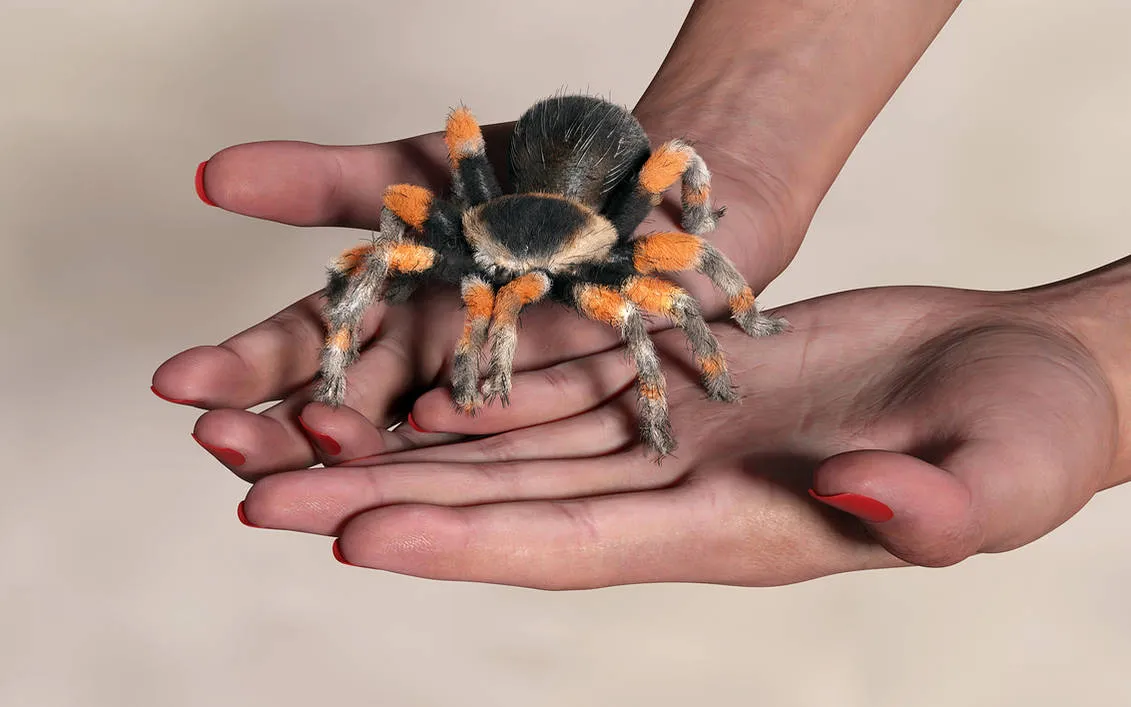
Age of the Tarantula
The age of your Mexican Redknee Tarantula plays a significant role in determining its feeding frequency. Spiderlings, or young tarantulas, require more frequent feeding, typically every 2–3 days. As they mature, the feeding frequency can be reduced. Adult tarantulas may only need to be fed once or twice a week. Observe your tarantula and adjust the feeding schedule accordingly. Ensure that the food offered matches the size of your spider and that you are not overfeeding it. Young tarantulas are growing and require more nutrition to support this growth.
Size of the Prey
The size of the prey should be appropriate for your tarantula’s size. The general rule is to offer prey that is no larger than the tarantula’s abdomen. Too large of prey can stress the tarantula and pose a risk of injury. Always make sure that the prey is manageable and that your tarantula can consume it without difficulty. By choosing the right size of the prey, you’ll help your tarantula to digest the food easily. This also helps prevent any potential problems during the eating process.
Environmental Factors
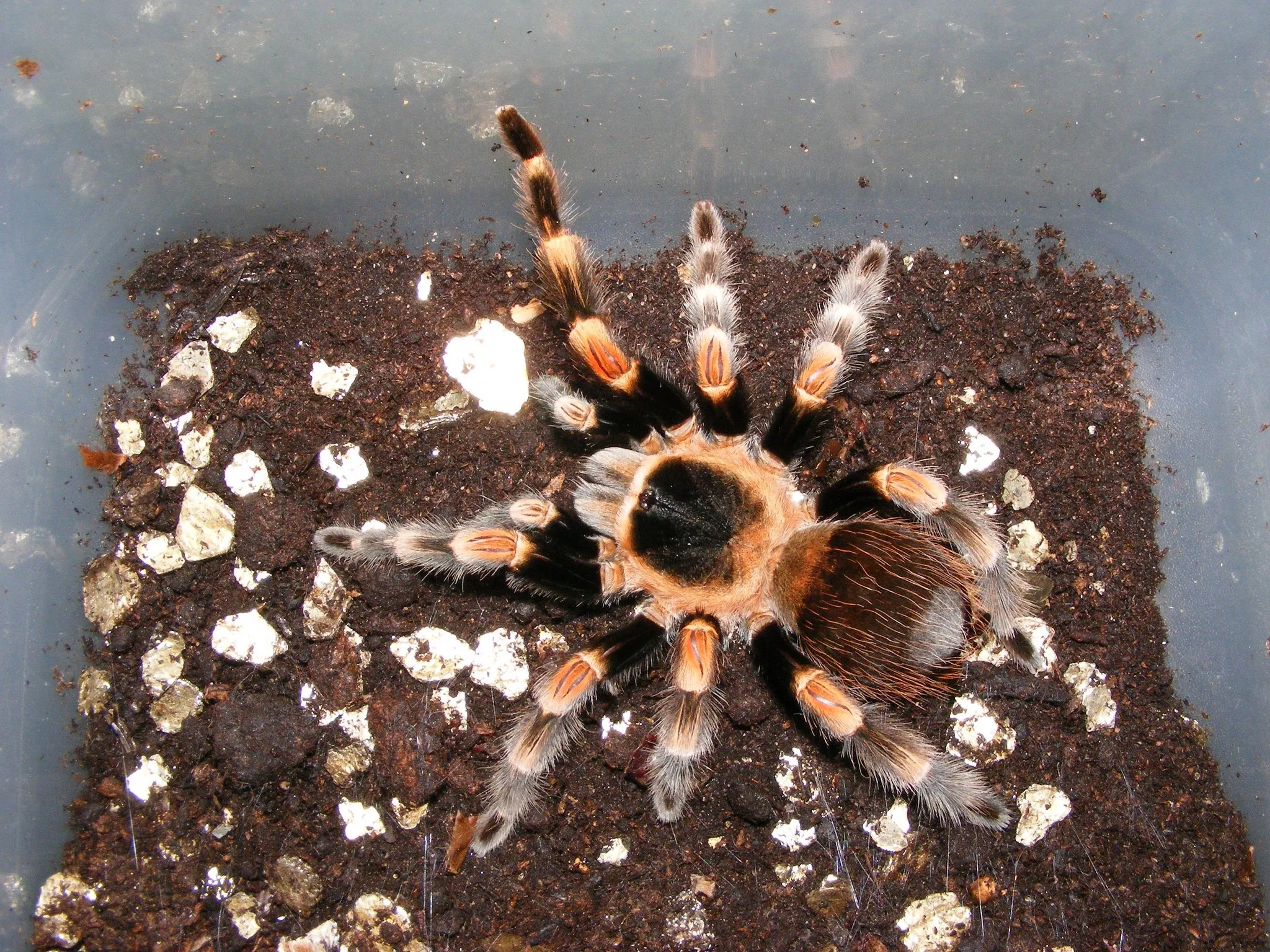
Environmental factors, such as temperature and humidity, can also influence your tarantula’s feeding habits. Tarantulas tend to eat more when the temperature is within their preferred range. If the temperature is too low, they might refuse food or eat less. Ensure that the enclosure temperature is within the ideal range of 75–85°F (24–29°C) to encourage feeding. Humidity also plays a role in the overall health of your tarantula, affecting its appetite. Make sure that the enclosure’s humidity levels are appropriate for the species to keep your pet in the best condition.
Avoiding Common Feeding Mistakes
Overfeeding
Overfeeding is a common mistake that can lead to various health problems in tarantulas. Overfed tarantulas may become obese, which can cause mobility issues and potentially shorten their lifespan. Always monitor your tarantula’s abdomen. If it appears overly large or round, reduce the feeding frequency or the size of the prey. Be mindful of your tarantula’s behavior. If it is not showing interest in food, do not force-feed it. A healthy tarantula should have a slightly plump abdomen after eating, not an excessively swollen one. Be sure to maintain a balance.
Feeding Unsuitable Food
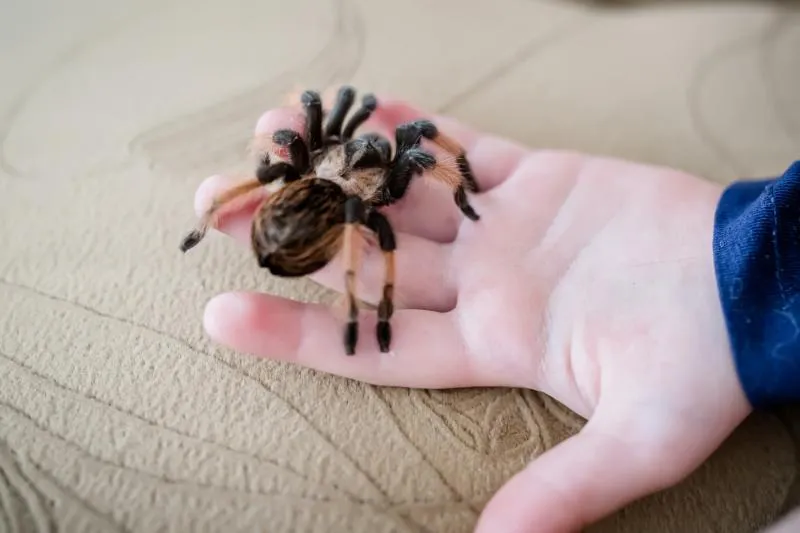
Feeding unsuitable food can be detrimental to your tarantula’s health. Avoid feeding wild-caught insects, as they may carry parasites or pesticides. Processed human food or insects treated with chemicals should never be given to your tarantula. Always stick to live, gut-loaded insects from reputable sources. Ensure that the insects are of the correct size and type for your tarantula. Proper diet prevents various health problems that can affect your pet. Careful choices lead to overall good health and a long life.
Poor Hygiene
Poor hygiene can lead to various health issues and negatively impact your tarantula’s well-being. Always remove uneaten food promptly to prevent mold growth and the proliferation of mites. Regularly clean the enclosure and change the substrate to maintain a healthy environment. Provide fresh water. Ensure that the water dish is clean and easily accessible. Proper hygiene is crucial for the health of your tarantula, preventing illnesses and ensuring a clean and stress-free environment. A clean habitat is essential for a healthy tarantula.
Monitoring Your Tarantula’s Health
Regularly monitoring your Mexican Redknee Tarantula’s health is essential for providing proper care and detecting potential problems early. Observing your tarantula’s behavior, appetite, and overall appearance can provide important insights into its well-being. This proactive approach allows you to address any issues promptly, ensuring your pet’s health and longevity.
Recognizing Signs of a Healthy Appetite
A healthy Mexican Redknee Tarantula typically has a good appetite and readily accepts food. It should actively hunt and consume prey within a reasonable time. A tarantula with a healthy appetite will exhibit normal behavior, such as alertness and curiosity. If your tarantula consistently refuses food, it could be a sign of an underlying health issue, molting, or environmental stress. Watch for other indicators, such as a plump abdomen after feeding, which indicates the tarantula is getting adequate nourishment. These observations will help you understand whether your tarantula is healthy and eating properly.
Identifying Potential Health Issues
Identifying potential health issues in your tarantula involves careful observation. Look for any unusual signs such as lethargy, loss of appetite, or changes in behavior. Other potential issues include difficulty molting, which is a sign of environmental stress or nutritional deficiencies. If you notice any of these issues, consult with a veterinarian experienced in exotic pets. It is important to act promptly to diagnose and address any health problems, so that your tarantula stays healthy. Early intervention is key to a successful treatment.
In conclusion, choosing the right food for your Mexican Redknee Tarantula is a crucial aspect of its care. By providing a balanced diet of live insects, monitoring feeding frequency and portion size, and avoiding common mistakes, you can ensure your tarantula thrives in captivity. Remember to observe your tarantula regularly, adjust your feeding practices as needed, and consult with a veterinarian if you have any concerns. With proper care, your Mexican Redknee Tarantula can live a long and healthy life, providing you with years of enjoyment and fascination.
